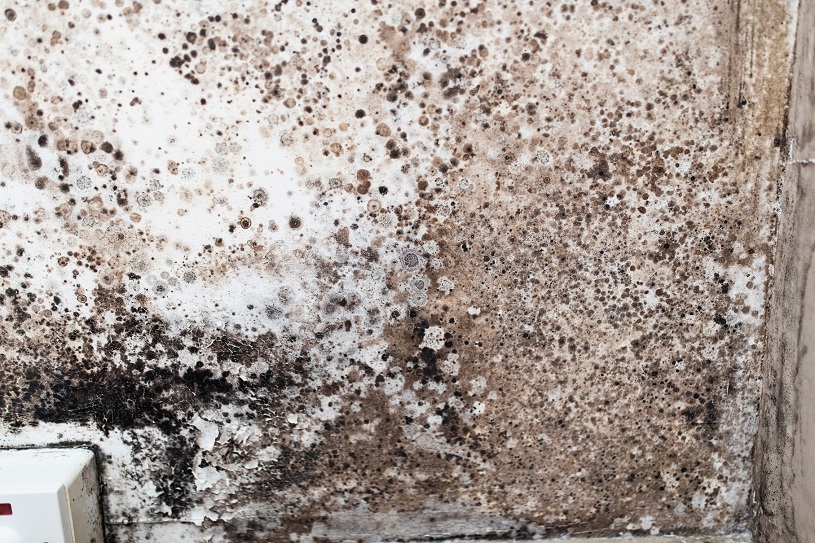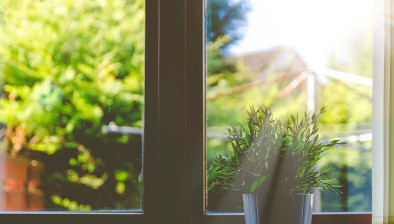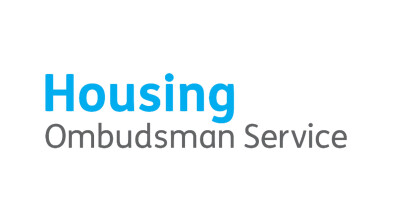England: Damp and mould prevalent in up to 160,000 social homes

Up to 160,000 social homes in England are impacted by damp and mould with around 8,000 of those posing a “serious and immediate risk to health”, the Regulator of Social Housing (RSH) has estimated.
The initial findings of its investigation into conditions in the sector come after the death of two-year-old Awaab Ishak, who was exposed to mould in a housing association flat.
A coroner ruled that prolonged exposure to mould in a home belonging to Rochdale Borourghwide Housing caused the death of the toddler in December 2020 as a result of a severe respiratory condition.
Following the coroner’s report, the RSH asked providers of social housing to submit evidence about the extent of damp and mould in tenants’ homes and their approach to tackling it.
The regulator, which published its findings today, estimated that less than 0.2% of social homes in England have the most serious damp and mould problems – which equates to around 8,000 homes.
The RSH said: “These are not acceptable conditions for tenants to be living in, even if the proportions are relatively small.
“Local authorities reported proportionately more cases than private registered providers.”
The estimates are based on the four million homes that are owned and managed by large registered providers – those with more than 1,000 homes.
Fiona MacGregor, chief executive of RSH, said: “Tenants deserve quality services and homes that are safe and of a decent standard.
“Where there are issues, landlords need to act now to put things right, before we start our active consumer regulation including inspections of providers.
“We expect all providers to continue to look at how they can improve the way they identify and address damp and mould.”
The Housing Ombudsman has issued an evaluation of responses to its own damp and mould report and proposed ten ‘key tests’ for landlords who are producing action plans to tackle the issue.
The Ombudsman recorded a 77% increase (3,530) in the number of enquiries and complaints and damp, mould and leaks from 2020-21 to 2021-22. So far this year there have been 3,969 enquiries and complaints.
Richard Blakeway, Housing Ombudsman, said: “The inquest into the death of Awaab Ishak has focused the minds of the sector. But we are continually finding in our casework that landlords have not responded to this issue with sufficient urgency.
“I welcome the work that many landlords are doing to strengthen their approach following the coroner’s report. Our Spotlight report and this evaluation are invaluable tools to support that.
“Landlords need to have a sustained focus on culture and behaviours to ensure issues are not dismissed. The human impact and consequence of the creeping normalisation of poor culture was highlighted by the death of Awaab Ishak.
“It is disappointing when we conducted our review how few landlords had acted to implement a dedicated damp and mould policy, despite there being a clear and driving need to have a bespoke response for these reports given the shortcomings identified in our casework.
“The ‘golden thread’ running throughout the Spotlight report recommendations was good governance and continued learning, as it affects both policy and process, as well as front-line delivery.
“I would encourage governing bodies to consider our ten ‘key tests’ when reviewing plans, and for landlords where this is not happening, for them to create an action plan to support a proactive response.
“I know this is now a priority for many landlords, but I would urge senior leaders to go faster and further in their efforts to do what is right by their residents.”
Local Government Association (LGA) housing spokesperson Darren Rodwell said councils are “determined to improve housing conditions for all social and private tenants”.
He said: “Councils continue to fully support efforts to inspect homes and drive up standards in both the social housing and private rented sector. While this study shows that the vast majority of social housing is safe and decent, councils are determined to improve housing conditions for all social and private tenants.
“The LGA continues to work with professional bodies, as well as the Government, to discuss possible solutions on improving housing standards – including those relating to damp and mould in tenanted properties.”







